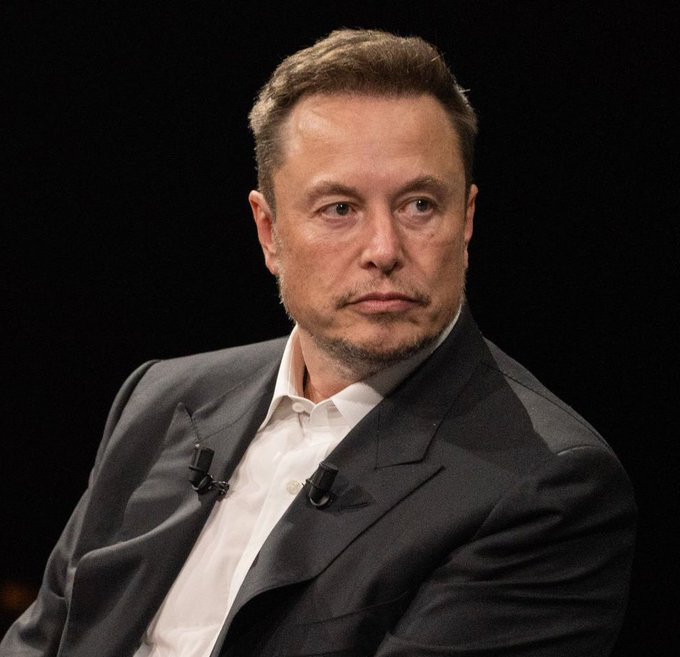NAIROBI, Kenya- TikTok’s ban in the US is set for January 19, leaving 170M users and creators in limbo.
Discover what’s next for the app, ByteDance, and competitors like YouTube Shorts and Instagram Reels.
TikTok’s fate in the United States hangs by a thread as the Supreme Court upholds a ban set to take effect on Sunday.
The decision, which denies ByteDance’s final legal appeal, has sparked widespread speculation about the app’s future. But will banning TikTok really stop Americans from scrolling, sharing, and creating on the platform?
President-elect Donald Trump, known for his knack for deal-making, claims the app’s destiny is in his hands.
While the Biden administration has refused to enforce the ban, Trump’s incoming administration may take a different approach, leaving users and advertisers in a state of uncertainty.
The Supreme Court’s ruling means TikTok will soon disappear from app stores across the US, barring new downloads and updates.
Current users can keep the app, but the lack of updates could lead to bugs, security risks, and eventual obsolescence. This raises the question: will determined users find loopholes to keep scrolling?
Some options include using VPNs to spoof location, sideloading apps, or switching app store regions. However, these methods carry risks like violating terms of service or exposing devices to security vulnerabilities.
“I’m devastated. This ban will cripple my business…80% of my revenue and traffic comes from TikTok.” Content creator @JuicyBodyGodde1 on how banning TikTok in the U.S. will impact her livelihood.
Moreover, ByteDance’s other app, Lemon8, won’t be a viable fallback as the ban extends to all platforms operated by the Chinese company.
Still, US lawmakers seem poised to tighten enforcement. A precedent set by India, where internet service providers blocked TikTok entirely, could offer insight into how the ban might evolve.
TikTok’s potential disappearance could create a massive vacuum in the social media landscape, and tech giants are ready to pounce.
Meta-owned Instagram Reels and Google’s YouTube Shorts are well-positioned to scoop up TikTok’s displaced audience.
Experts predict a significant advertiser shift as well. Forrester analyst Kelsey Chickering notes parallels with India’s TikTok ban in 2020, where brands swiftly moved their marketing dollars to Meta and Google.
Other platforms like Twitch, known for its livestreaming capabilities, and Xiaohongshu (RedNote in the US), could also see increased traction.
Yet, replacing TikTok entirely might prove challenging. The platform’s unique features, like TikTok Shop, have revolutionized social commerce, giving creators and businesses direct access to a massive audience.
“There’s no direct competitor that can match TikTok’s integrated shopping experience,” says Craig Atkinson, CEO of digital marketing agency Code3.
While ByteDance has resisted selling TikTok’s US operations, the looming ban may force a change of heart.
Speculation about potential buyers has included names like Elon Musk and billionaire Frank McCourt, though TikTok has dismissed these rumors.
Mr. Beast has shown interest in buying TikTok as the sword of ban loams over TikTok in US. There are also multiple reports of China planning to sell TiKTok US to Elon Musk although the social media platform management has called it a fiction.
Even YouTube star MrBeast has jokingly thrown his hat into the ring, citing the app’s significance to his 100M followers.
As the clock ticks down, one thing remains clear: TikTok’s absence will reshape the digital ecosystem, leaving its 170M US users with limited options—and plenty of questions.
The U.S. TikTok ban mirrors global moves to tighten oversight of social media platforms.
Kenya’s recent directive for platforms to establish physical offices, led by Interior PS Raymond Omollo, highlights how governments are increasingly prioritizing accountability and local control.
As nations grapple with the challenges of digital content regulation, these measures signal a shift towards more robust frameworks worldwide.





